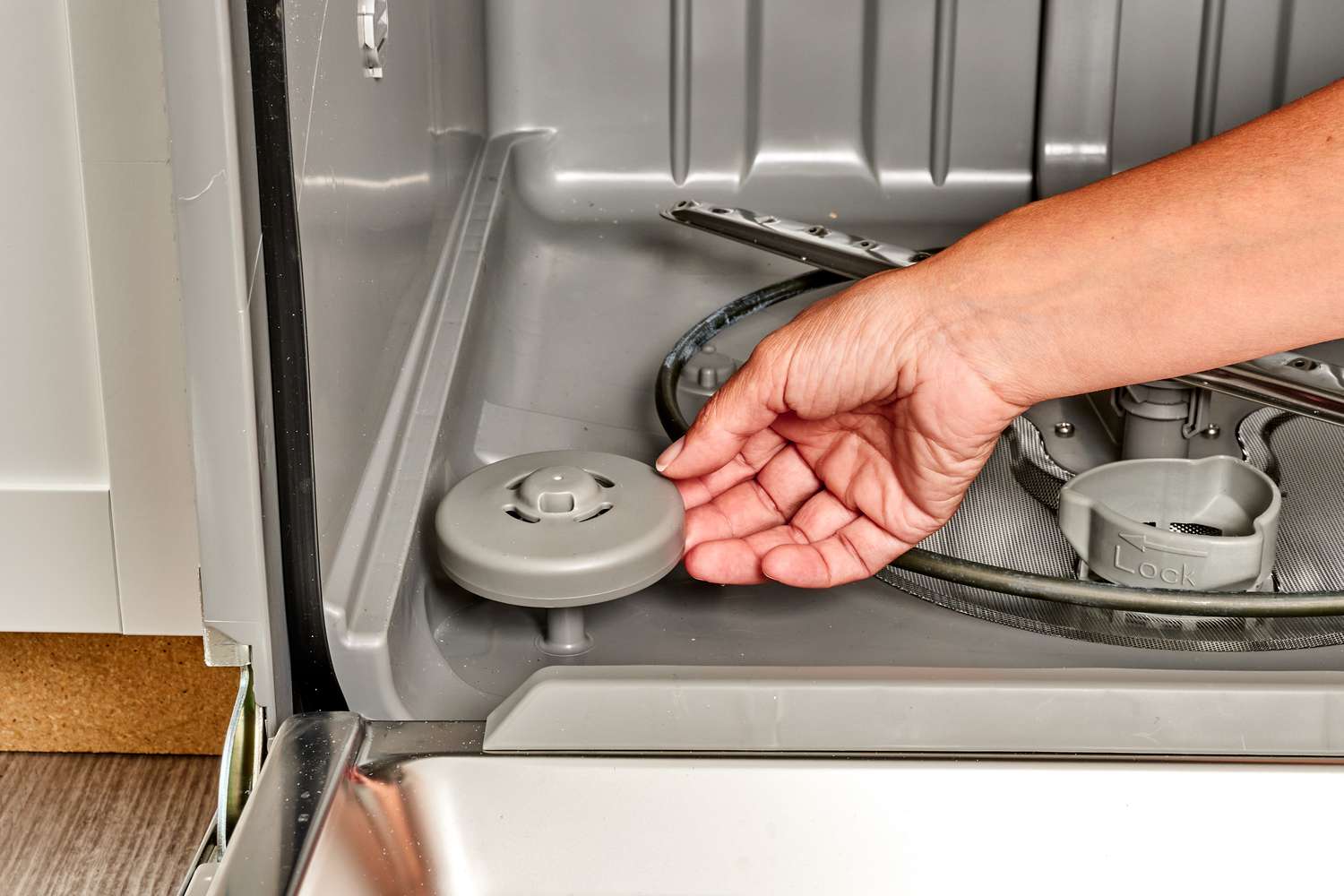When installing a dishwasher in your Melbourne home, ensuring a smooth and error-free process is crucial for its efficient operation. Here are some common mistakes to avoid during Dishwasher installation In Melbourne:
1. Ignoring the Manufacturer’s Instructions
Every dishwasher model comes with specific installation instructions provided by the manufacturer. Ignoring these can lead to improper installation, affecting the appliance’s performance and potentially voiding the warranty. Always thoroughly read and follow these instructions before beginning the installation process.
2. Incorrect Placement
Placement is key to the dishwasher’s functionality and convenience. Ensure the Dishwasher installation In Melbourne is close to the kitchen sink for easy access to plumbing connections. Avoid placing it too far from the sink or in an awkward location that hinders its usability.
3. Improper Leveling
A dishwasher must be perfectly level to prevent leaks and ensure proper drainage. Use a spirit level during installation to adjust the feet until the appliance is level in all directions. Even a slight tilt can cause water to pool inside or under the dishwasher.
4. Incorrect Plumbing Connections
Improper plumbing connections are a common mistake during dishwasher installation. Ensure the dishwasher’s inlet and outlet hoses are correctly connected to the water supply and drainage system. Use the recommended fittings and ensure they are tightly secured to prevent leaks.
5. Forgetting to Secure the Dishwasher
Once installed, secure the dishwasher to the adjacent cabinets or countertop using brackets or screws provided. This prevents the appliance from tipping forward when the door is opened or during operation, which can cause damage to both the dishwasher and surrounding fixtures.

6. Overlooking Electrical Requirements
If your dishwasher requires electrical connections (most modern ones do), ensure that the power supply is properly installed and meets local electrical codes. Avoid overloading circuits and use a dedicated circuit if necessary to prevent electrical hazards.
7. Not Testing for Leaks
After installation, thoroughly test the dishwasher for leaks before running a full load of dishes. Check all plumbing connections and hoses for any signs of water leakage. Address any leaks promptly to prevent water damage to your kitchen floor or cabinets.
8. Rushing the Installation Process
Take your time during installation to ensure everything is done correctly. Rushing can lead to mistakes that may require costly repairs or replacements later. Plan, gather all necessary tools and materials, and allocate enough time for the installation process.
9. Failing to Remove Transit Bolts
Many dishwashers come with transit bolts that stabilize internal components during shipping. Forgetting to remove these bolts before installation can cause severe damage to the appliance during operation. Always check the manufacturer’s instructions for transit bolt removal procedures.

